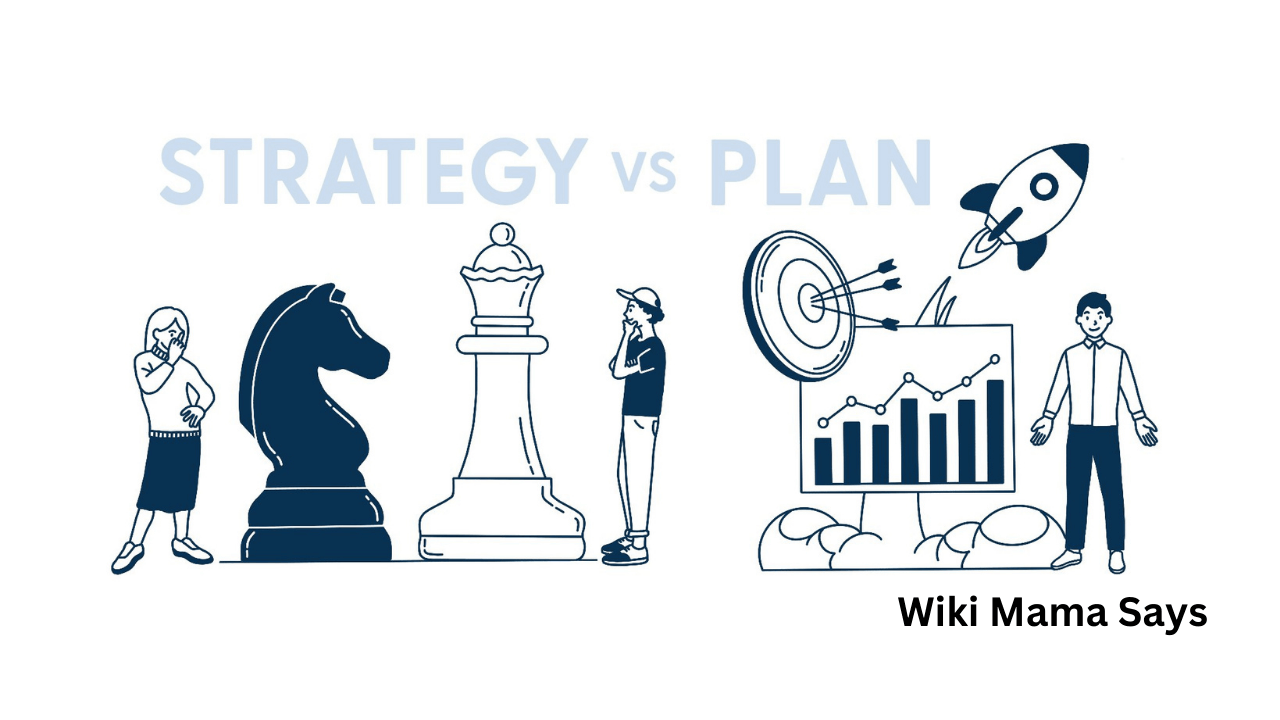In the world of business, terms like “marketing plan” and “marketing strategy” are often used interchangeably, yet they refer to distinct concepts. Understanding the difference between the two is crucial for any business looking to effectively reach its target audience and achieve its goals. This article will delve into the specifics of a marketing plan and a marketing strategy, their components, and how to implement them successfully.
Introduction
A marketing strategy is a long-term, forward-looking approach to planning with the fundamental goal of achieving a sustainable competitive advantage. It involves understanding the needs and wants of customers and creating a unique value proposition that sets your product or service apart from the competition.
Key Components of a Marketing Strategy:
1. Market Research: Market research is essential for understanding the market environment, including customer needs, preferences, and behaviors. It helps businesses identify opportunities and threats, enabling them to create a strategy that addresses the market effectively.
2. Target Audience: Defining the target audience is crucial. A clear understanding of who your customers are allows you to tailor your marketing efforts to meet their specific needs. This includes demographic, geographic, psychographic, and behavioral segmentation.
3. Unique Value Proposition: Your unique value proposition (UVP) is what differentiates your product or service from competitors. It is a clear statement that explains how your product solves a problem, delivers specific benefits, and why customers should choose you over others.
4. Marketing Channels: Identifying the right marketing channels is vital for reaching your target audience. This could include digital marketing, social media, content marketing, email marketing, and more. For instance, businesses might leverage PPC marketing for immediate results and targeted traffic.
What is a Marketing Plan?
A marketing plan is a detailed, tactical document that outlines the specific actions you will take to execute your marketing strategy. It includes timelines, budgets, specific goals, and performance metrics.
Key Components of a Marketing Plan:
1. Executive Summary: An executive summary provides a high-level overview of your marketing goals, strategies, and key actions. It should be concise and engaging to give stakeholders a quick snapshot of the plan.
2. Situational Analysis: This involves a thorough analysis of your current market position, including strengths, weaknesses, opportunities, and threats (SWOT analysis). It also includes a review of your competitors and market trends.
3. Marketing Objectives: Clearly defined marketing objectives are crucial for guiding your efforts. These should be specific, measurable, achievable, relevant, and time-bound (SMART goals).
4. Marketing Tactics: This section details the specific tactics you will use to achieve your marketing objectives. It includes campaigns, content creation, advertising plans, and other promotional activities. For example, those new to affiliate marketing might explore how to start affiliate marketing to integrate it into their plan.
5. Budget and Resources: Allocating a budget and resources is essential for the successful implementation of your marketing plan. This includes financial resources, human resources, and any tools or technology needed.
6. Performance Metrics: Establishing key performance indicators (KPIs) is vital for tracking the success of your marketing activities. This could include metrics like website traffic, conversion rates, social media engagement, and return on investment (ROI).
Implementing a Marketing Strategy and Plan
1. Set Clear Goals: Begin with clear, attainable goals that align with your overall business objectives. This provides direction and a benchmark for measuring success.
2. Develop a Timeline: Create a detailed timeline for implementing your marketing activities. This ensures that tasks are completed on time and helps maintain momentum.
3. Allocate Resources: Ensure you have the necessary resources, including budget, personnel, and technology, to execute your marketing plan effectively.
4. Monitor and Adjust: Regularly monitor your progress and be prepared to adjust your tactics based on performance data. This might involve tweaking your strategy or reallocating resources to areas that are performing well.
5. Leverage Multiple Channels: Utilize various marketing channels to reach your audience effectively. For instance, combining content marketing with PPC marketing can enhance visibility and drive targeted traffic.
Conclusion
Understanding the difference between a marketing plan and a marketing strategy is crucial for any business aiming to succeed in a competitive market. While the marketing strategy provides the overarching vision and goals, the marketing plan outlines the specific actions needed to achieve those goals. By integrating thorough market research, defining a clear value proposition, and leveraging appropriate marketing channels, businesses can effectively reach and engage their target audience. For a deeper dive into creating a comprehensive marketing strategy, visit marketing strategy.





